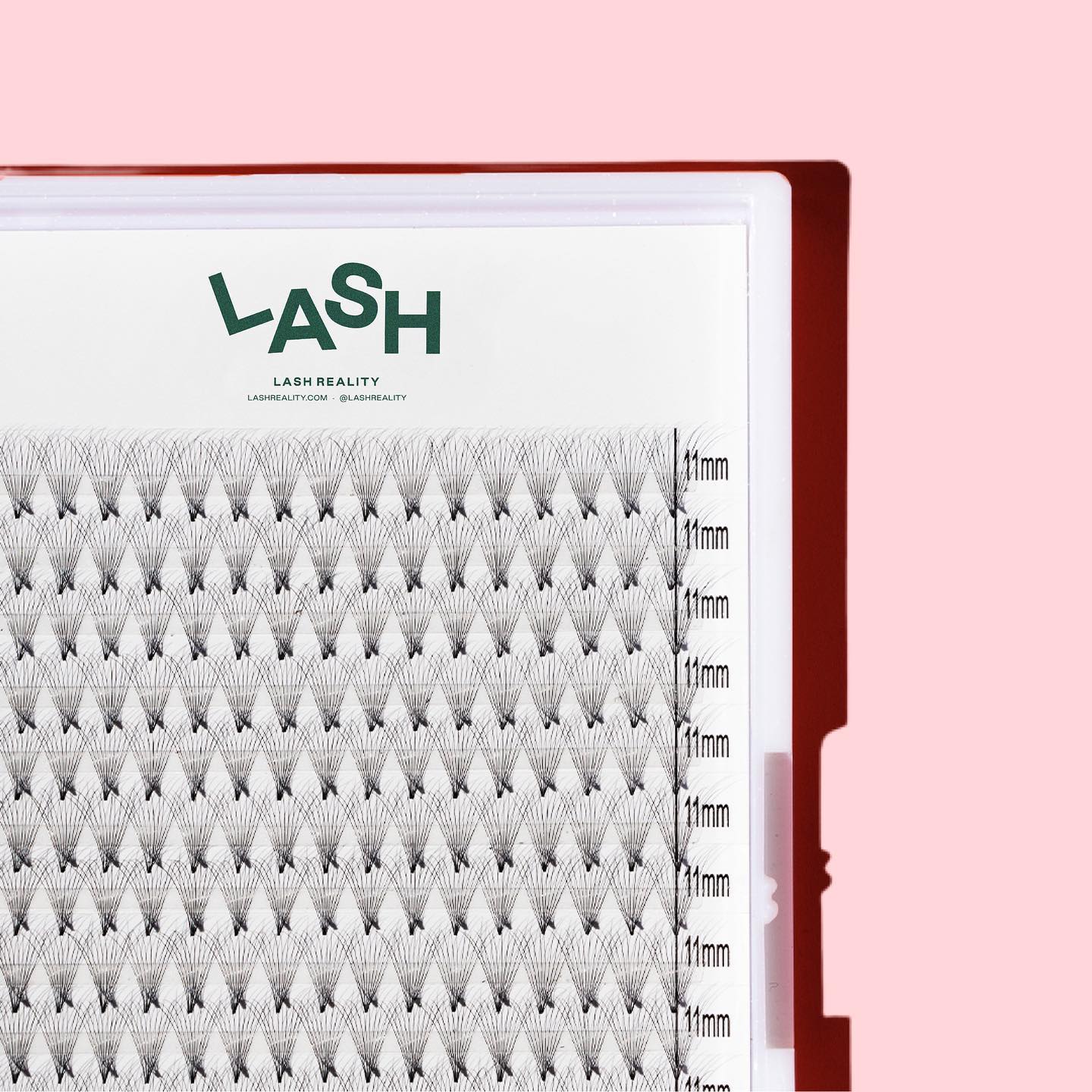
· By Carlee Workman
Lash Extension Materials: Mink vs. Silk vs. PBT
Like clothing, lashes come in a variety of materials. The same way a leather jacket differs from a cozy pajama shirt, the materials used for lashing can change the look and longevity of your sets.
The most common fibers used for lash extensions include mink, silk, and PBT. If this sounds like a bunch of jargon, don’t worry! We’re going to break down the different types of lash extension materials and how they can impact your sets.
What are mink lashes?
Most have only heard the word “mink” in references to lashes, which has led some to believe it’s a type of fiber. In actuality, minks are weasel-like animals known for their soft and silky fur. Because they use real hair, mink lashes give a fluffy, ultra-natural appearance. For the same reasons, they can also cost a pretty penny, with full mink sets ranging from $200 to $300.
In recent years, the popularity of mink lashes has dwindled as society has shifted to more earth-friendly practices. Those who have ethical concerns may decide against mink lashes. Similarly, if you have an allergy or sensitivity to animal fur, you should not consider them. Mink lashes are not hypoallergenic or cruelty-free.
What are faux mink lashes?
If you want to have your cake and eat it too – faux mink is your best bet. As the name suggests, these lashes imitate the look and feel of mink fur without actually requiring animals. While faux mink isn’t limited to one material, they are most commonly made using polysynthetic fibers – which we’ll dive into later.
What are silk lashes?
Few things sound as luxe and luscious as silk. But as the saying goes, “Not all that glitters is gold.” Most manufacturers use synthetic silk fibers, which can vary in quality. That’s not to say it’s all bad. Silk lashes have many pros, like being hypoallergenic, soft, and durable. Because of their lightweight nature, they can also offer better retention if applied correctly. On the flip side, true silk can be difficult to find and pricey, so it’s hard to know what you’re actually getting.
What are PBT lashes?
PBT stands for polybutylene terephthalate – but don’t let the lengthy, scientific name scare you! In short, PBT fibers are plastic. As discussed earlier, mink and silk both have synthetic (or “faux”) counterparts. These are all made using the same exact material, which is PBT. Now, just like any material, the quality ranges, and it can be used in different ways.
Some PBT lashes have a lighter, softer feel, while others can be bold and more firm. How the fibers are curled, such as dry heat vs. steam heat can also impact the end result. Lastly, PBT fibers can either be glossy, satin, or matte. It all depends on how the products were made. Ultimately though, they are all the same exact material manipulated in different ways.
There’s a good reason for it, though! PBT lashes are popular because they are lightweight, hypoallergenic, resistant, and hold curls incredibly well. The variety of styles and finishes also entices many artists to choose PBT as their fiber of choice.
Why does Lash Reality use PBT fibers?
The reason we chose poly-fibers is that they offer the best of both worlds. They are strong and flexible, while still being lightweight and natural-looking. For the reasons outlined above, we believe that PBT fibers are a great choice for artists that want something reliable, allergy-friendly, and cruelty-free!
Have any additional questions? We’re happy to help! You can contact us here. We also recommend checking out our must-have products for lash extension supplies. You can also follow us on Facebook and Instagram to stay up-to-date on the latest Lash Reality news and products